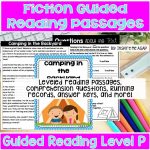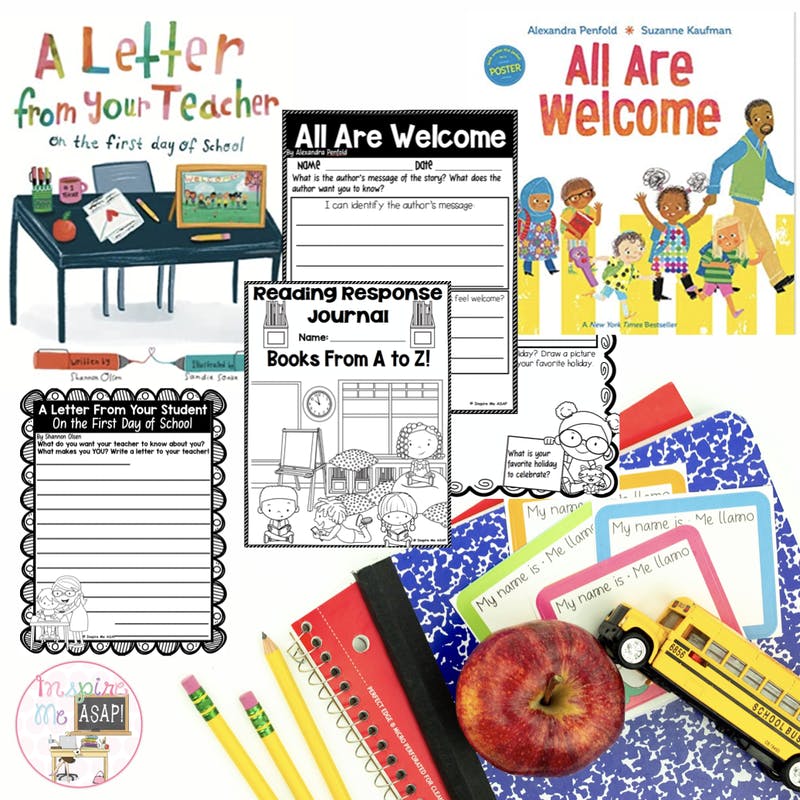These engaging lessons make learning about nutrition fun for kids! The activities in this resource teach kids the basics of how to read and analyze a nutrition label on packaged foods. Kids will love comparing foods of different meals and identifying if they are healthy or unhealthy!
Included in this resource:
Nutrition Labels
- Reading a nutrition label- This one page, color printable points out the different parts of a nutrition label.
- Reading a nutrition label- On this one page worksheet, students read the nutrition label and then answer questions about the food.
- Analyzing a nutrition label for chocolate milk- Students analyze the ingredients and the nutrition facts of a half pint of chocolate milk. In this two page worksheet, students answer a variety of short answer questions after analyzing the nutrition label.
- My nutrition label- Students can use the blank template of the nutrition label to fill in with their own information from a food that they brought from home. Students write the ingredients and write what they learned on this one page reflection.
- Eggs and Cereal Nutrition Facts- For this activity, students read the different nutrition facts for Honey Nut Cheerios and an egg. Students answer the mix of true/false, short answer, and multiple choice questions about the two nutrition facts.
Healthy and unhealthy meals
- Healthy and unhealthy lunches- In this lesson, students dissect their lunch and observe the different food groups represented. Students will write and/or draw the included foods on the graphic organizer.
- Compare and contrast lunches- In this lesson, students compare the differences between a healthy and unhealthy lunch. There are two options- posters with clip art of food and posters that are photographs of real foods. Students write about what the lunches have in common and what is different about the two lunches on the graphic organizer of a Venn diagram. This activity also includes two printables of the “Choose my Plate” images.
- Comparing Two Different Breakfasts– In this lesson, students look at pictures of two different breakfasts. The pictures are photographs of real food. Students identify how many different food groups are represented and place the foods in the correct food group. Lastly, students will use the graphic organizer to determine, if, overall the breakfast is healthy. There is a one page printable with an image of an empty food tray. On this page, students draw their own healthy lunch or breakfast, carefully choosing foods from each food group.
Please ask questions prior to purchasing!





